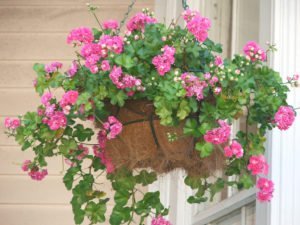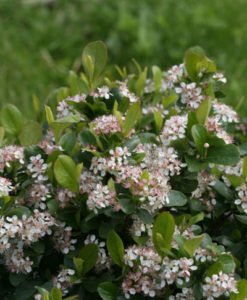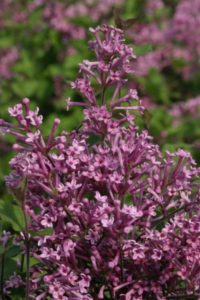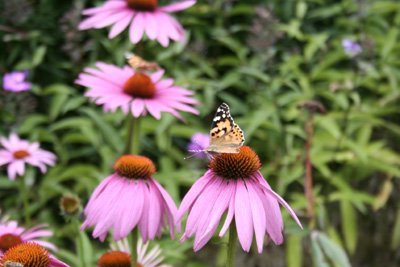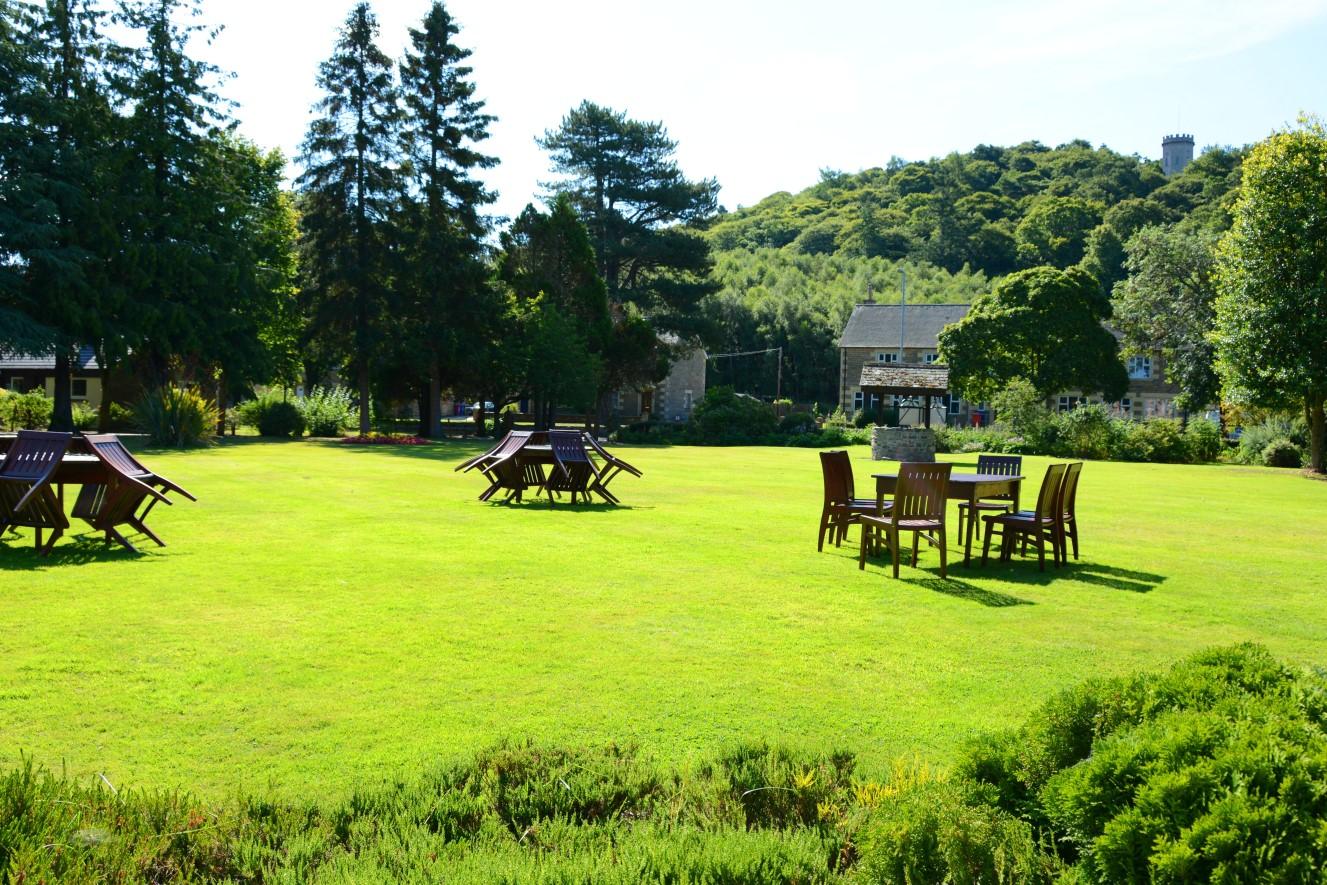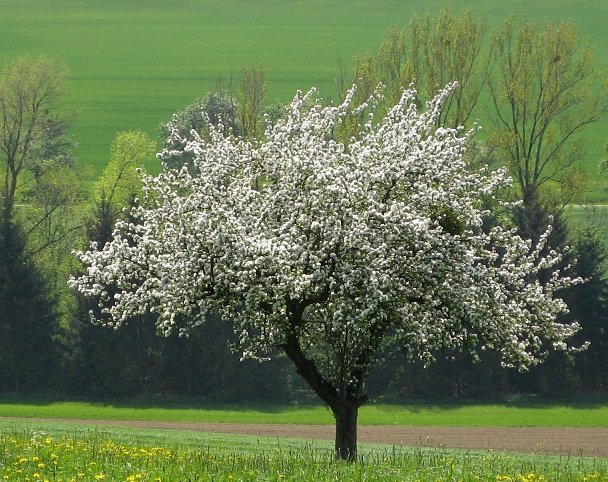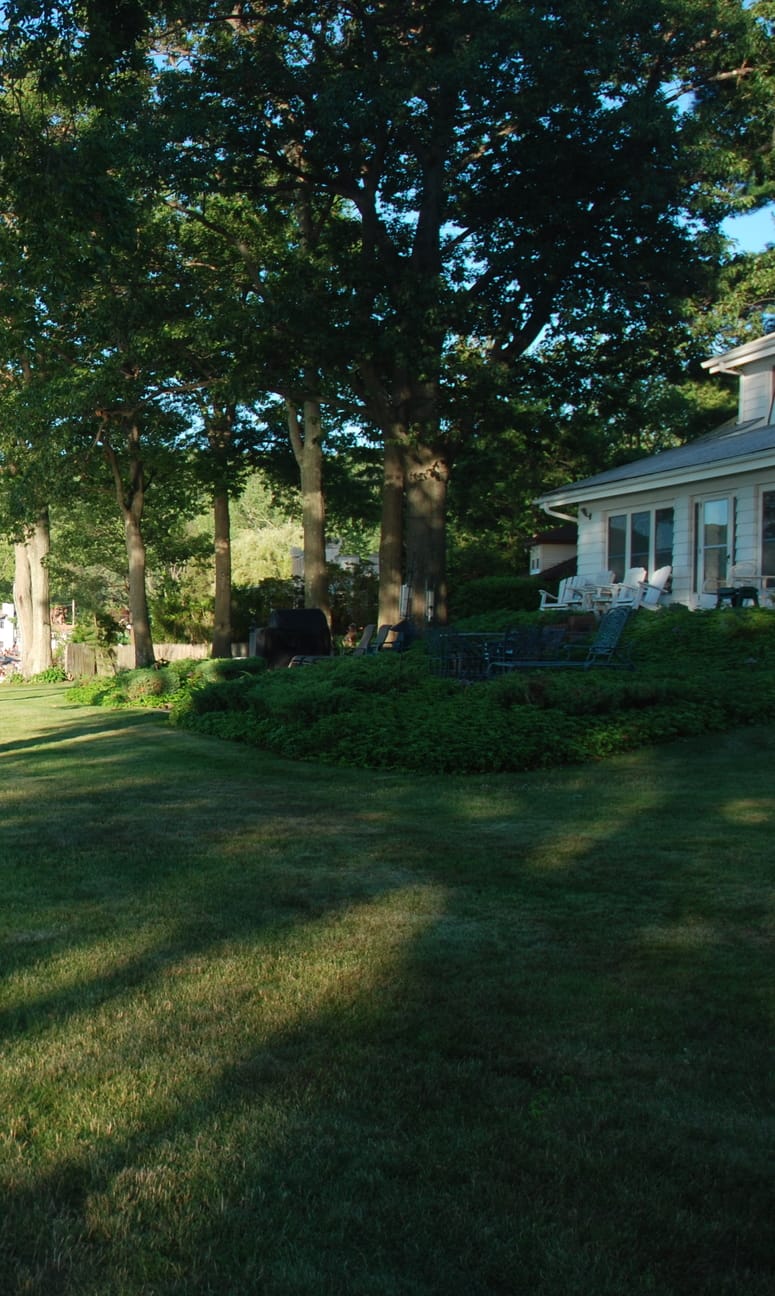Planting Trees in September in Wisconsin
Fall Planting of Diciduous Trees
Many experts claim that planting trees in fall is better. In fall, the tree can make new roots without having to feed the leaves. Water requirements are much lower without the leaves on the tree. To us it feels cool in fall, but that is actually the best temperature for root growth. Roots grow best in cool soil.
A fall planting allows the tree to grow roots in fall and again early spring before leaves develop. This gives the tree a good chance to lay down a good set of roots before they need to collect water and nutrients for the leaves.
It’s preferable to choose deciduous trees because they lose their leaves in fall, and once this happens, the requirements for water are vastly reduced. Growing roots still require water, but that is a small amount compared the what leaves use. Fall planting of deciduous trees works better because of this lower water requirement in winter.
Courtesy Garden Myths More
Questions about planting, feeding and watering? Take advantage of our knowledgeable horticulturist & owner, Jason. He is here to help you make good decisions on what will work best and how to properly tend to your new plantings. Visit the Heritage Hill Nursery and garden center now! We are conveniently located, close to Cedarburg, Jackson, West Bend, Slinger, WI.
Don’t forget! Take advantage of our
September Special Offers
[coupon couponid=”1193″ coupon_align=”cctor_aligncenter” name=”September Coupon 2018″]
And buy 4 get 1 free
for all potted trees!
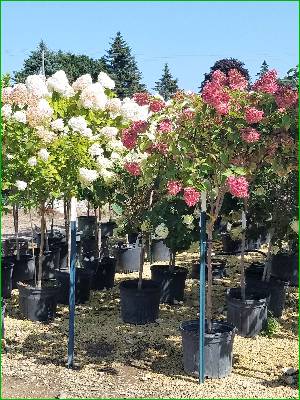

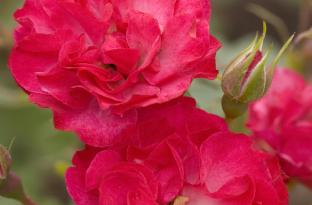
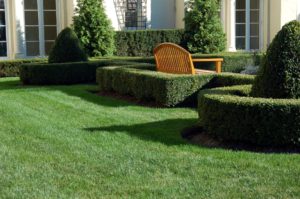 August Lawn Care
August Lawn Care 